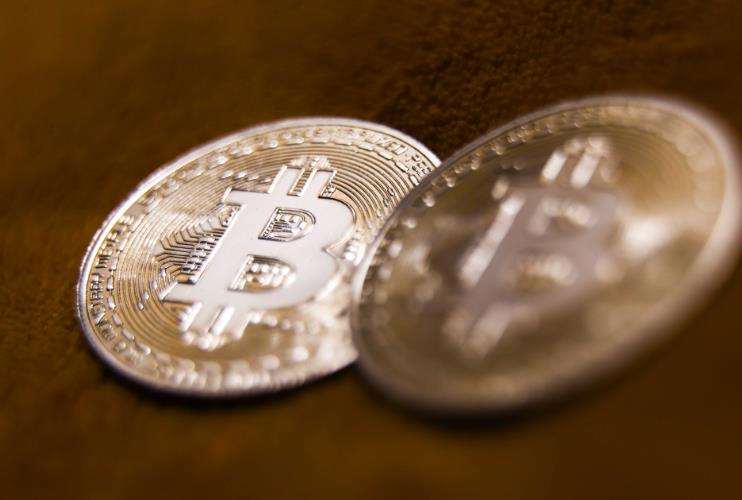Bitcoin BTC 0.66%, the world’s largest cryptocurrency, took a hit on Friday as the US Federal Reserve’s hot inflation data spooked investors, causing the price to dip by over 3.0% to the low $23,000s. The BTC/USD pair fell back under its 21-day moving average (21DMA) for the first time in nearly two weeks, raising concerns that the Fed could lift interest rates to higher levels for longer. The latest report showed that both month-on-month (MoM) and year-on-year (YoY) price pressures unexpectedly rose in January to 0.6% and 4.7%, respectively.
The market-implied odds for at least four 25 basis points (bps) in rate hikes over the next four meetings have increased to 40%, up from 30% before the release of the inflation data. This has resulted in the US dollar picking up, US yields rising, and US stocks coming under fresh selling pressure, all of which are bearish for the risk-sensitive crypto asset class.
Crypto traders are keeping a close eye on major US data releases and the tone of commentary from Fed officials as they assess the outlook for US monetary policy. However, despite the near-term headwinds for crypto, a few recent options market developments suggest that the 2023 bull market likely remains intact, providing some solace to BTC bulls.
Aggregated Open Interest of Bitcoin Options across major crypto derivative exchanges recently hit its highest level in nearly 10 months at $7.83 billion on Wednesday, suggesting that institutions are getting involved in the market once again. Deribit’s Bitcoin Volatility Index (DVOL) remains close to all-time lows, and the 25% Delta Skew of Bitcoin Options expiring in 7, 30, 60, 90, and 180 days all remained slightly above zero on Friday, implying a modestly positive market bias.
The 25% delta options skew is a popularly monitored proxy for the degree to which trading desks are over or undercharging for upside or downside protection via the put and call options they are selling to investors. A 25% delta options skew above 0 suggests that desks are charging more for equivalent call options versus puts, indicating higher demand for calls versus puts, which can be interpreted as a bullish sign as investors are more eager to secure protection against (or bet on) a rise in prices.
The recent options market signals suggest that the institutional adoption narrative could catch on once again if Open Interest makes further progress back to its 2021 record highs above $14 billion. Despite the Fed tightening fears and the potential for Bitcoin to dip back towards the 50DMA in the $22,000 area, the bullish options market signals could provide some support for Bitcoin in the near term.






